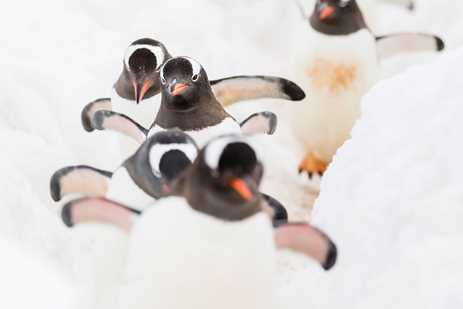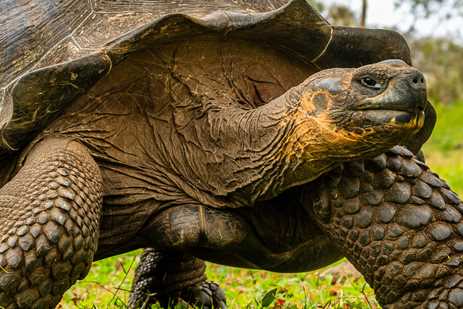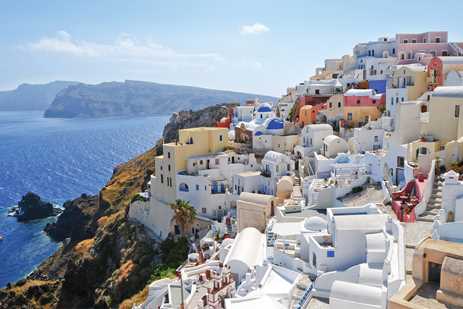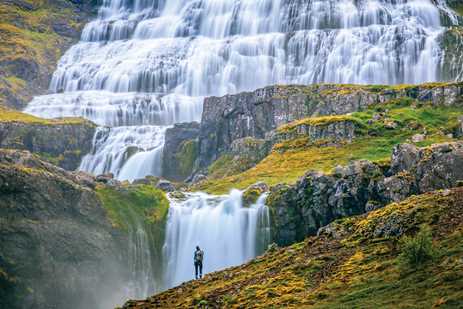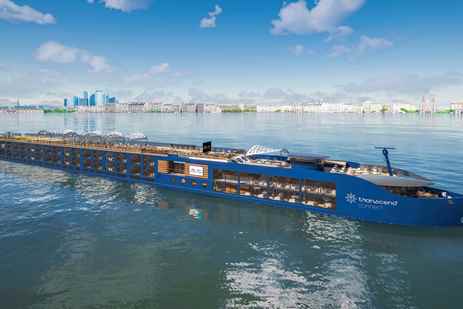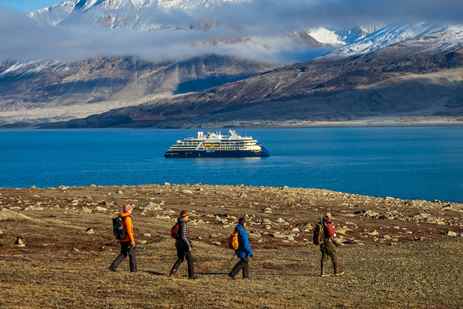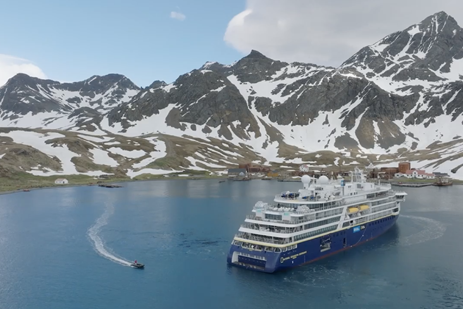Call +1.800.397.3348 or contact your travel advisor
Featured Destinations
| Proud to be voted one of the 10 Best Intimate-Ship Ocean Cruise Lines in the 2025 Travel + Leisure World's Best Awards. |
Expedition Stories
What to Expect: Exploring Europe’s Rivers with National Geographic-Lindblad Expeditions
Learn more about our brand-new European river voyages aboard the new ship Connect and find out why it's time to see Europe differently with National Geographic-Lindblad Expeditions.
Expedition Spotlight: Exploring Northeast Greenland National Park
In this Expedition Spotlight, naturalist Steve Zeff reveals the vast beauty and natural wonders found in Northeast Greenland National Park, the largest national park in the world.
Meet the Fleet: Navigating South Georgia Aboard the National Geographic Endurance
Captain Oliver Kruess shares why sailing South Georgia aboard National Geographic Endurance is one of the best and safest ways to explore this unbelievable subantarctic island in this episode of Meet the Fleet.
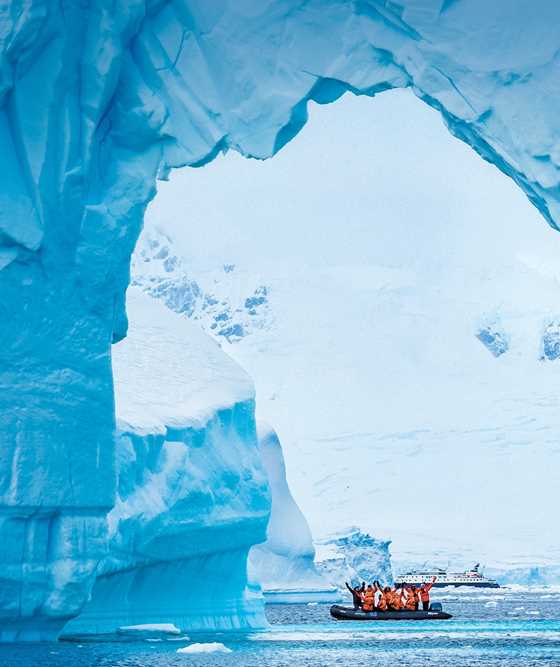

Joining National Geographic-Lindblad Expeditions on any voyage means signing up for adventure; and the reward for your curiosity is inevitable—the most exhilarating experience of pure discovery possible.
Sven Lindblad
View our story

